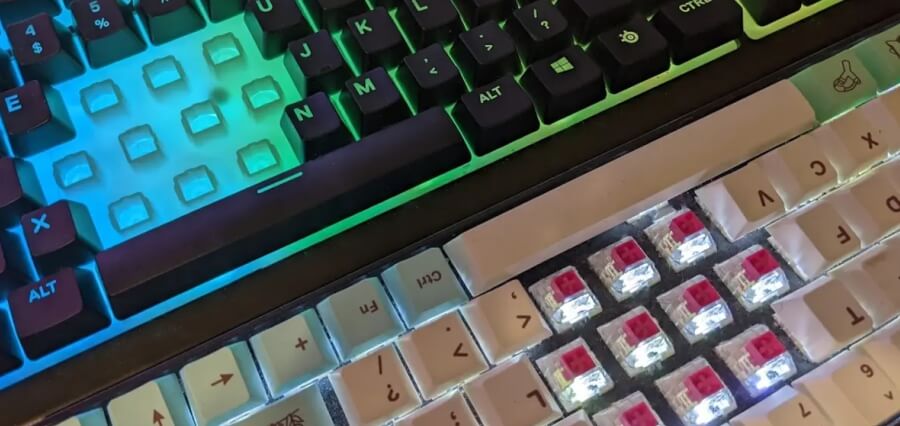Discover Just How a Membrane Switch Enhances Durability and Performance in Instruments
Discover Just How a Membrane Switch Enhances Durability and Performance in Instruments
Blog Article
Understanding the Capability of Membrane Switches for Interface Tools
The capability of membrane switches represents a considerable development in user interface style, incorporating effectiveness with aesthetic convenience. As industries significantly prioritize individual experience, understanding the nuances of membrane layer button technology becomes essential.
What Are Membrane Buttons?
Membrane buttons are ingenious user interface gadgets that facilitate user interaction with digital equipment. These flexible components contain multiple layers, including a graphic overlay, spacer, and a published circuit layer. The design permits a smooth combination into different digital gadgets, boosting both the visual and useful elements of customer interfaces.
Membrane switches are typically used in a vast array of applications, from home appliances to industrial equipment and clinical gadgets. Their construction generally features a slim account, making them a perfect choice for compact styles. The responsive comments offered by these switches can be crafted to fulfill specific user choices, guaranteeing effective interaction between the user and the gadget.
Longevity is one more substantial advantage of membrane buttons, as they are immune to dirt, wetness, and chemicals, which improves their life-span popular atmospheres. Furthermore, these buttons can be customized in terms of form, dimension, and graphic layout, permitting for branding and user-specific features. Overall, membrane layer switches over stand for a practical solution for improving customer experience in digital tools, integrating performance with visual charm in a reliable fashion.
How Membrane Switches Over Job
Operating on an uncomplicated principle, membrane layer switches use a layered building and construction to sign up user input effectively. Each switch contains numerous layers, consisting of a printed circuit layer, a spacer layer, and a leading graphic layer, which are created to work with each other seamlessly. When an individual presses the leading layer, it compresses the spacer layer, bringing the conductive elements of the circuit layer into contact with each various other.
This contact develops a closed circuit, signifying the device to execute a certain function. The style enables different setups, consisting of tactile feedback, which can boost the individual experience by providing a physical sensation upon activation. The materials used in membrane switches commonly include versatile substrates, such as polyester or polycarbonate, which make sure sturdiness and durability versus wear and tear.

Key Advantages of Membrane Switches

Another considerable advantage is their density. Membrane layer switches are thin and light-weight, which enables producers to conserve area in their tools without sacrificing capability. This feature is specifically helpful in applications where weight and volume are critical considerations.
In addition, membrane switches are immune to dust, wetness, and chemicals, improving their longevity. This durability expands their lifespan and decreases the demand for constant see this website substitutes, resulting in cost savings in time.
Additionally, the tactile feedback given by membrane layer buttons can be maximized to enhance customer interaction. They can consist of attributes such as increased switches or audible clicks, enhancing site here usability and user experience.
Applications Across Industries
Interface tools using membrane layer switches prevail in a vast selection of industries, showcasing their flexibility and functionality. Membrane Switch. In the medical field, membrane buttons are indispensable to gadgets such as analysis tools and person tracking systems, where their sturdiness and convenience of cleaning are essential for maintaining health criteria. Similarly, in the automobile sector, these switches are utilized in control panel controls and infotainment systems, giving a smooth and modern-day user interface for customers.
Furthermore, the customer electronics field advantages from membrane layer switches in devices and portable tools, where small layout and user-friendly interfaces enhance customer experience. Industrial applications also leverage membrane switches over for control board in equipment and automation systems, emphasizing their toughness and resistance to harsh atmospheres.
In the aerospace and protection markets, membrane layer switches are used in cabin controls and equipment, where reliability and efficiency under extreme conditions are vital. Furthermore, the video gaming sector significantly incorporates membrane switches in controllers and arcade machines, contributing to an appealing customer experience. Generally, the flexibility of membrane layer switches over enables their extensive use throughout countless sectors, emphasizing their importance in modern user interface design.
Future Patterns in Membrane Switch Over Innovation

In addition, making use of innovative materials, such as polycarbonate and polyester films, is anticipated to rise, providing improved durability and resistance to ecological stress factors. These products add to the overall long life of membrane layer switches, making them appropriate for harsher commercial applications.
Additionally, the unification of clever technology, consisting of IoT connectivity, will certainly make it possible for membrane switches to communicate with other gadgets and systems, promoting an extra interactive user experience. This pattern straightens with the expanding demand for clever tools across different markets, from health care to customer electronics.
Finally, modification alternatives are prepared for to broaden, enabling producers to create bespoke options customized to particular customer demands and choices. These advancements will position membrane switches as crucial parts in the evolution of customer interface technology.
Conclusion
In conclusion, membrane layer switches represent a pivotal improvement in individual interface technology, providing a reliable and flexible remedy for diverse digital applications. As advancements in product scientific research and touch noticing innovations continue, the capability and applicability of membrane switches are anticipated to broaden, enhancing their value in modern electronic gadgets.
Report this page